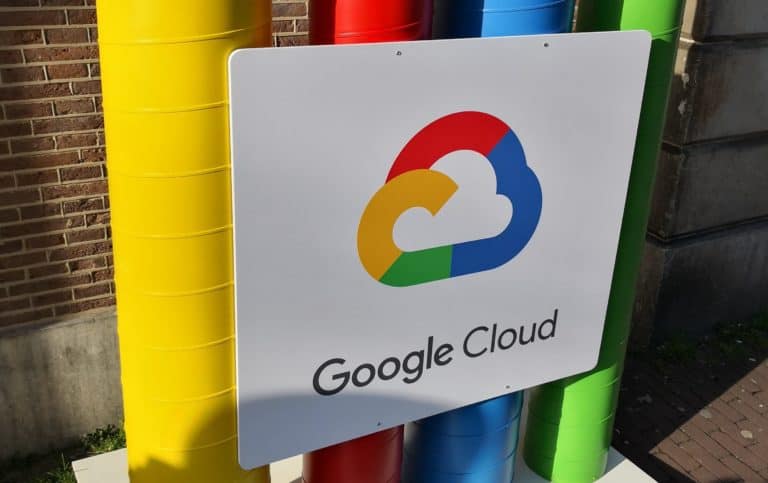The Google Cloud Platform has made Deep Learning Containers available as a beta. Deep Learning Containers are environments optimized for the deployment and testing of applications and services that use machine learning. The Deep Learning Containers work in the cloud and on premise.
In the future, the Deep Learning Containers will have to be at a comparable level to the other Deep Learning virtual machine types, writes Venturebeat. For now, the service includes preconfigured Jupiter and Google Kubernetes engine clusters. The solution is also launched with machine learning acceleration, which is made available via GPUs from Nvidia, CPUs from Intel and other hardware. Using the Nvidia GPU with Deep Learning Containers requires the use of GitHub project ‘Nvidia-Docker’.
The Deep Learning Containers also have access to a series of packages and tools such as CUDA, cuDNN and NCCL from Nvidia. In addition, the Deep Learning Containers with support for machine learning frameworks such as PyTorch, TensorFlow 2.0 and TensorFlow 1.13 are launched. Deep Learning Containers continue to work with the AI Platform of Google Cloud Platform. Data scientists can thus collaborate on the development of AI models.
AWS
Google Cloud Platform is not the only party to have launched Deep Learning Containers. Amazon Web Services (AWS) did this in March. Amazon’s collection consists of popular AI tools from the open source ecosystem, which have been merged into Docker containers.
The AWS Deep Learning Containers also contain a series of optimisations that improve AI performance. The pre-packaged version of the TensorFlow deep learning framework has been added, which in this bundle can train neural networks twice as fast as the normal version. The boost in speed has been made possible by adaptations that allow the software to spread work more efficiently across graphics cards in the cloud platform of the provider.
In addition, Apache MXNet was made available at the launch of AWS’ Deep Learning Containers. More frameworks will have to be added in the future.
This news article was automatically translated from Dutch to give Techzine.eu a head start. All news articles after September 1, 2019 are written in native English and NOT translated. All our background stories are written in native English as well. For more information read our launch article.